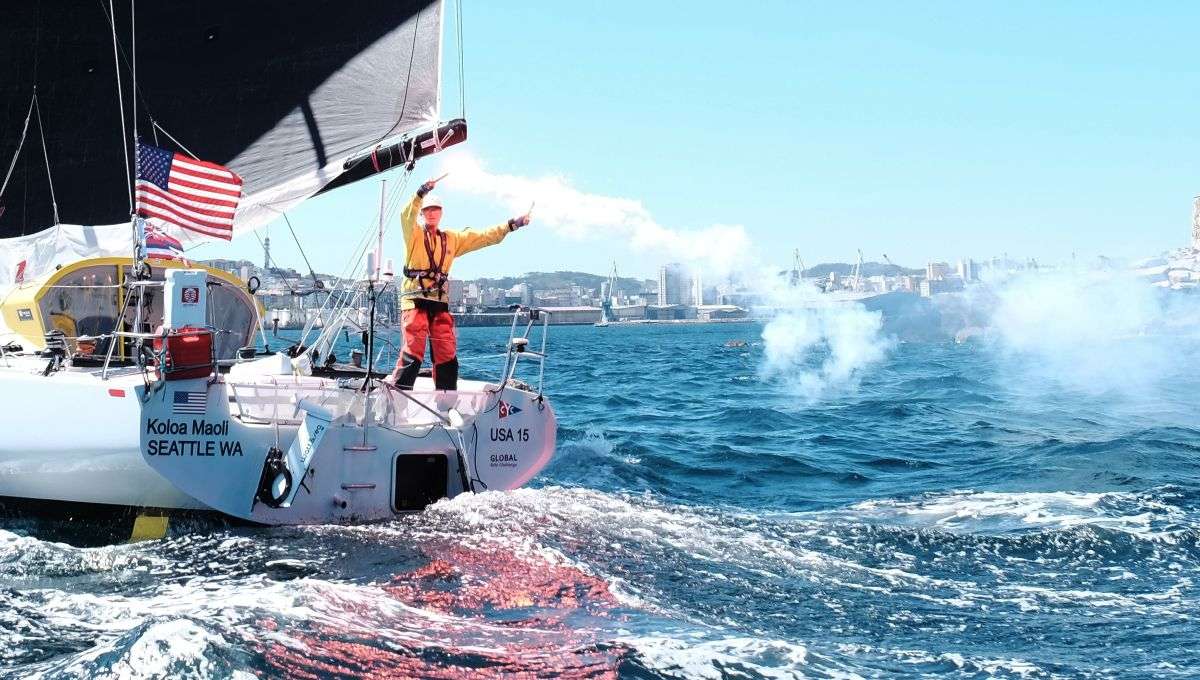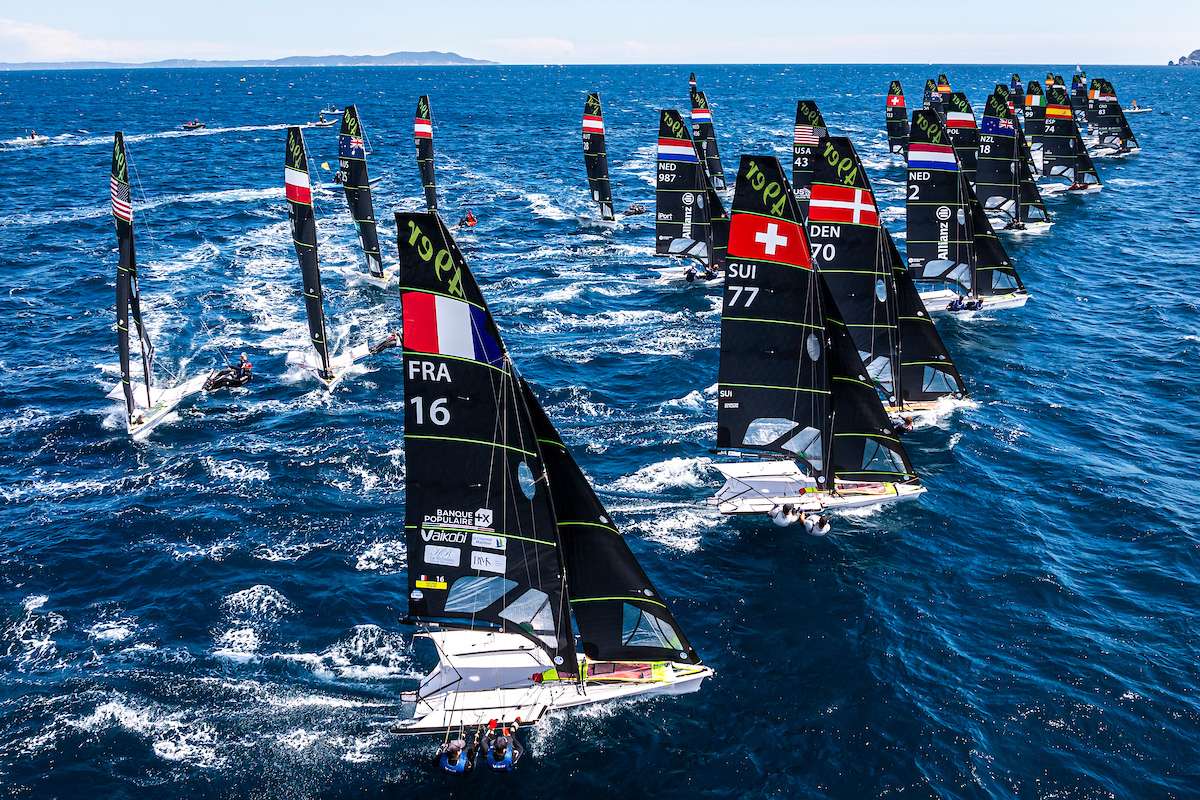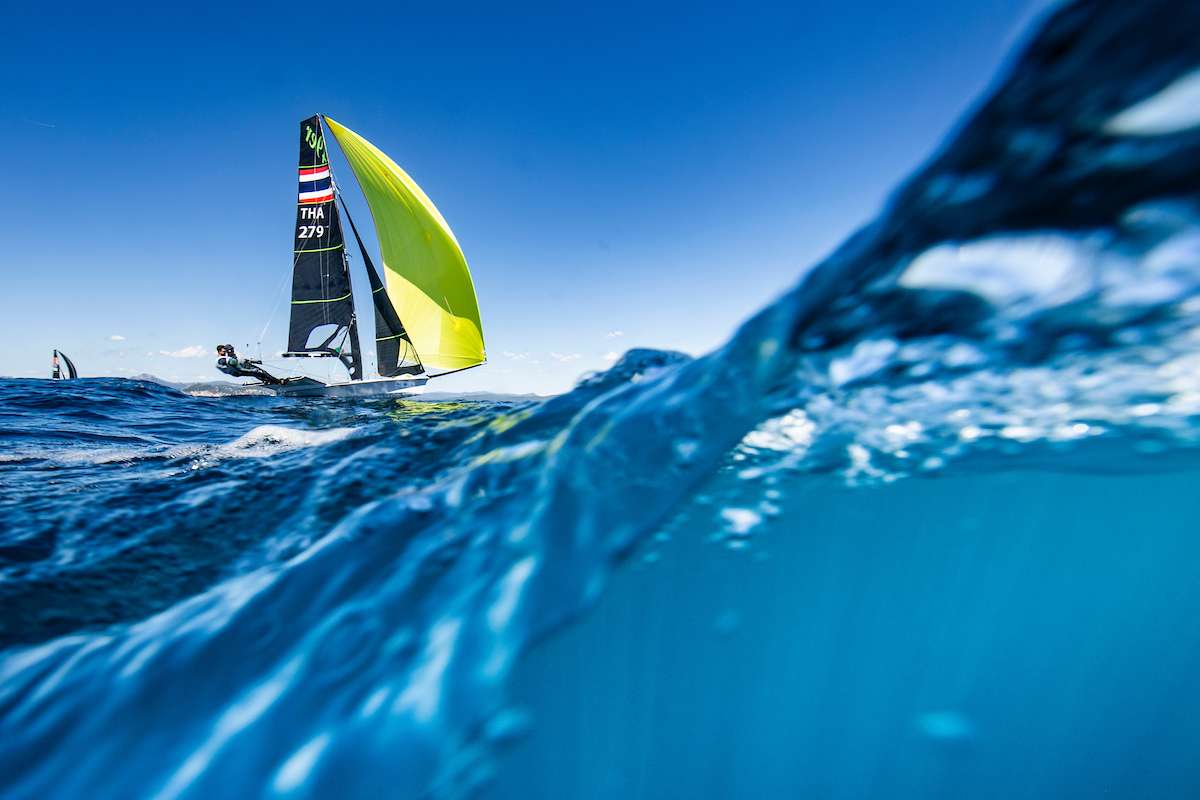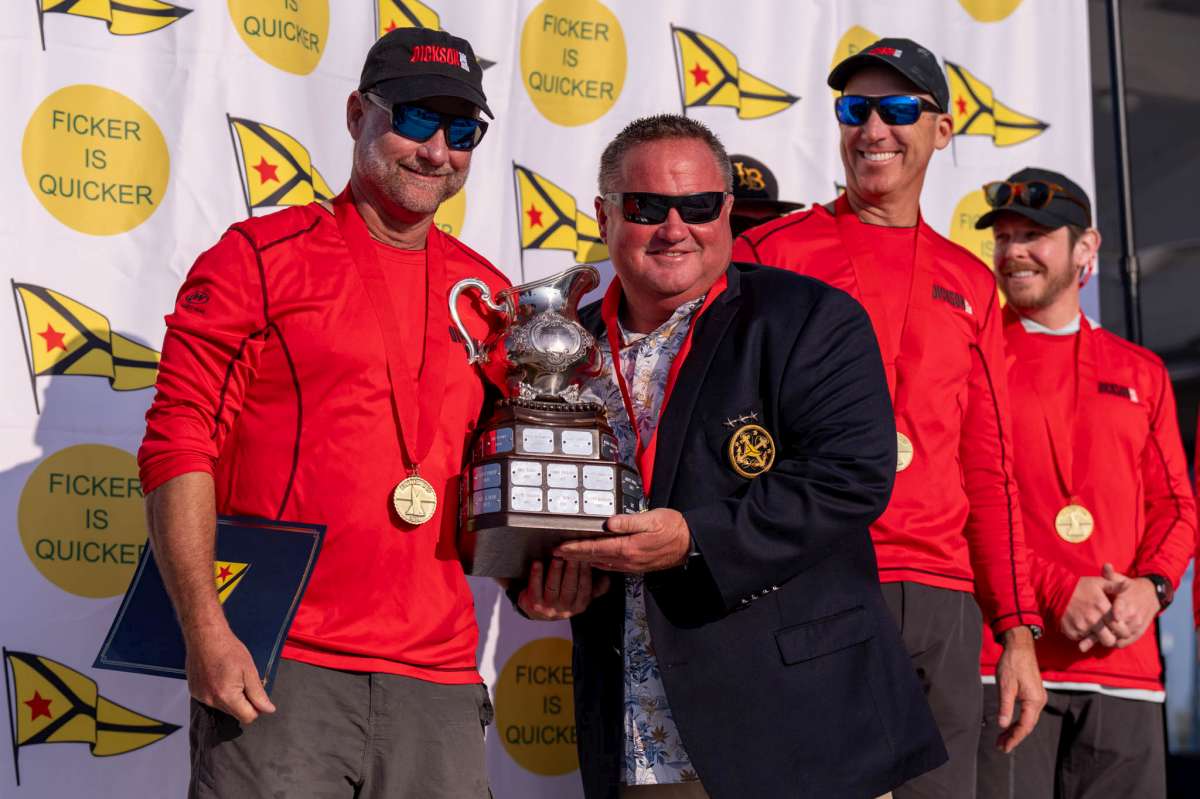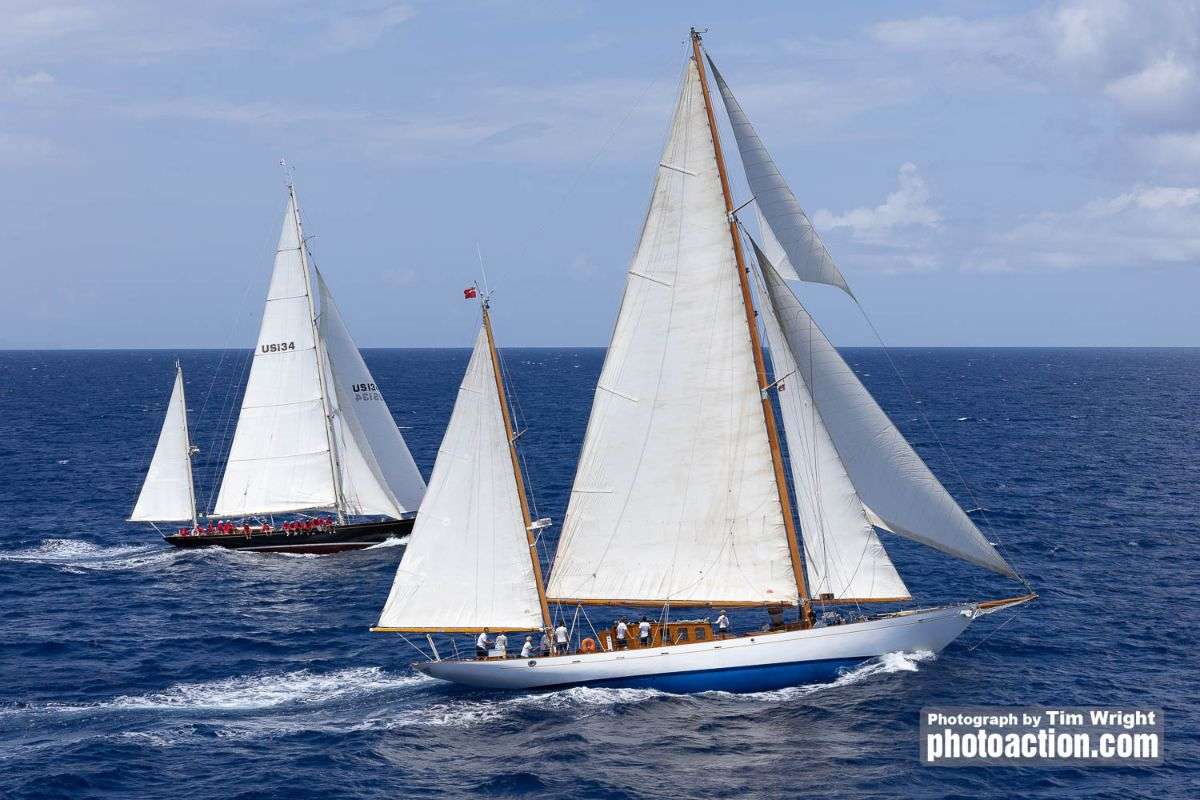“So where have you sailed from?”
“France.”
“On this boat?!”
Our new neighbours look surprised, we are invited for sundowners.
Indeed, a 25 footer is not the size of a sailing boat one would expect to sail to Australia from overseas. I remember seeing her myself for the first time at the end of the line in Micalvi Yacht Club, L'Envol was half the size of her neighbours. Never had I seen a boat so small venture into the furious fifties.
At the time, I used to work at the Cape Horn Tourist Information in Puerto Williams, Chile. Christophe, like everyone else, was a stranger asking for hiking advice on the Navarino Island.
He had single-handed L'Envol across the Atlantic to Brazil and then down the coasts of Uruguay and Argentina to the southern tip of South America. It was his first year being captain of his newly built Django 7.70. A guy like this you do not meet every day!
I invited him out for a hike, he invited me for coffee and four months later we sailed off together.
Unusual choice
Django 7.70 is a modern twin keeler that, in 2011, seduced a popular French sailing magazine Voiles et Voiliers to name her ‘European boat of the year’. Designed by Pierre Roland for a small French boat builder Marée Haute’
L'Envol was the 36th Django 7.70 to come out of the factory in 2013. Six years later she was the only one of her now about 100 sisters to have crossed the Pacific Ocean.
True, the typical choice for long distance cruisers is a heavy displacement monohull of 35 feet and above. However, boats like that are usually bought secondhand, demand lots of maintenance before departure and when underway. They need a good amount of wind to fill the sails, which is why many opt for motor-sailing in calmer conditions.
Christophe, aged 40 at the time, previously a mountaineer, ski instructor and paraglider, was changing elements: taking on water as his new challenge. Motoring and spending time and money on repairs was not what he had in mind for his journey.
The boat, which was to become an extension of his body, had to be in top shape, ready to depart as soon as possible, easy to single-hand, able to sail even in light winds, but also seaworthy enough to withstand heavy conditions. Comfort was not essential, what he needed was a sturdy base camp from where he could explore remote places accessible only by sea.
Infusion-moulded for lighter weight and structural strength, with a beam of three metres, draft of 1.2m and weighing just 1,875 kilograms, the fibreglass sporty cruiser looked perfect for the task.
Small but strong
Despite her modest size, a Django 7.70 can be taken seriously. Plywood bulkheads inside the hull are fully bonded in to add stiffness, same for the plywood structures that separate from the saloon two utility cabins on each side of the companionway and the frame behind the double V-berth.
There is PVC foam sandwich in the decks and carbonfibre laminate around the mast foot to strengthen these crucial areas, Soric core material in the hull makes her hull more rigid. Foam installed fore and aft provides unsinkability.
The two keels slot up into strong internal boxes incorporated into the moulding and are held in place with large horizontal bolts. This reliable system will absorb the shock better in such an event.
There are also crash boxes in both the bow and the stern. The L-shaped keels are designed to start quite near the centreline and do not interfere with performance going windward. Two rudders give control maintaining a good grip even when the boat is heavily heeled.
7.70 has a vertical bow, wide 'hips' pack plenty of room inside, broad open transom makes a spacious cockpit, smart stern chines are made to bite into the sea going upwind. The flat 'stomach' makes the boat surf onto a plane when sailing downwind; everything in her shape spells stability and speed.
Her overall length and the waterline are equal, same as many nine metre (30ft) yachts of the previous generation.
What we can live without
Christophe was granted permission to participate in the building of his boat and spent three months hands-on in the factory learning and making decisions as he was getting to know every square inch of L'Envol.
Though the proposed interior was kept simple, it was still too much for his taste. L'Envol was to have no head to avoid maintenance. This was replaced by a gardening bucket.
Christophe also refused the table to reduce weight and optimise the central space between the benches as room for storage. Distributing the load has to be done carefully on a small boat and the best spot in the centre being taken up by a table, this just could not be!
Needless to say that he left out the comfy back supports for the benches and all the sliding doors for the storage cupbpards got replaced by simple elastic string.
There were to be no LED spotlights in order to minimise the number of wires, resulting in a simpler electrical circuit. Instead, he chose a powerful Petzl headlamp with a rechargeable battery, which he fixed to the stainless steel mast support.
Why have a special seat at the chart table if one can just as well sit on top of a toolbox? The leftover space next to the box was then given to the Honda one kilowatt generator.
No heavy inboard motor, a good old outboard, two stroke Tohatsu 9.8 was to do the job in an emergency or when approaching a crowded anchorage. The space under the companionway reserved for the inboard could then be taken up by a 57 litre water tank, which was previously placed under the forward V-berth. Not the best spot, Christophe reckoned. Another 100 litres of water were to be carried in jerrycans and bottles.
No fridge, no shower, no heater, no fan: that was excess and too much convenience for my captain's taste: in Patagonia wear more clothes, in the tropics open the hatches; this was Christophe's philosophy.
Though, having the Honda generator inside was like having a heater. Every other day, as we charged the batteries for some hours sailing through the Patagonian channels in winter when there was not enough sunlight, it would raise the temperature in the boat from 5 to 15 degrees Celsius.
Less is more
Everything on my boat has to have at least two functions, Christophe often likes to say.
For example the lee-cloths he designed for the benches/berths become the cover for the jerrycans and mooring lines we store in the middle creating a comfortable mezzanine; the solar panel makes a water catcher when tilted – two tubes attached on either side guide rainwater into the buckets; the cushions in the saloon, being stuffed with clothes, make perfect storages, etc.
What stayed was the little galley on the starboard side, which included a stainless steel sink with a tap and an electrical pump together with a two burner gimballed gas stove.
One stainless steel pot, a pressure cooker and a teapot was the only cookware that came aboard. I later added a non-stick saucepan to be able to make stovetop bread and cakes.
Three bowls, three plates and four cups, all of tough and light melamine, together with a thermos, were arranged in the storage behind the galley. As to the reduced working space, this was solved by using three trays on top of the 'mezzanine'.
Modern technology
Opposite from the galley on the port side the chart table hosts a Panasonic Toughbook running OpenCPN and SASPlanet software as our main navigation tools.
Above it is the electrical panel, with a VHF Radio/AIS receiver, an electronic marine barograph and a battery monitor. An Iridium satellite phone, when connected to the computer, gives us weather updates in remote areas and during ocean passages.
While through satellite we have the forecasts for smaller areas, old fashioned weather faxes, caught by the HF Sangean radio receiver, show us the general picture.
Two Raymarine screens p70 and i70s are attached to a flexible arm – one controls the autopilot, the other provides us with data on depth, wind and speed.
A Watt&Sea hydro generator attached to the transom feeds the two 100 ampere batteries during overnight passages or on a cloudy day to help out the 140 watt solarpanel.
Some 50 litres of unleaded fuel for the outboard, a 9kg gas bottle and the mooring lines found place in the cockpit lockers together with the Raymarine linear drive connected to the rudder quadrant.
Adequate gear
Christophe wanted his boat to have a hard top. This element did not exist in the original design and was for the first time built for L'Envol. Later, the factory made it an option for the customers.
Out on the deck, instead of four Harken 20ST winches proposed by the builder, larger Selden R30 winches were installed. The rest of the standing rigging was also completed by the Swedish specialist.
L'Envol received a deck-stepped mast with two sets of reinforced swept spreaders, a fractional rig, a multi-tackle Dyneema backstay and a removable cutter stay.
Mainsail sheeting is through a swivelling jammer in front of the tiller and a full width mainsheet track was installed to run across the stern for fine tuning. The sheets of genoa and staysail were to use the car track on either side of the deck with manual travellers. The rest of the lines were led aft to the ‘piano’ with six blockers and two cleats on either side of the hard top.
A furling genoa might compromise the boat's upwind performance, but no second thoughts there: a roller furler makes life just so much easier when conditions are nasty. A light carbon whisker pole, though pricey, has many times proven its worth.
L'Envol's colourful wardrobe also holds two red lightweather sails: a gennaker of 45 square metres and an asymmetrical spinnaker of 70m² set from the removable bowsprit. A sturdy orange storm gib of 5m² can even be reefed down if necessary.
30m of eight millimetre anchor chain can be made longer to 50m using extra line; these, together with the Spade S60 anchor, fit neatly into the anchor box on the bow. A second Fortress FX-16 anchor is stored inside. There is no windlass, weighing anchor has to be done manually the old-fashioned way.
Chubby girl
Taking a weekend racer out on a prolonged world trip makes her gain kilos no matter how hard one may try to avoid it. With us and all our travel clobber aboard she weighs roughly three tons now.
This adds an extra one-third to her original weight, making her lose in performance and speed. We still sail about 130 nautical miles in 24 hours on an average day of an ocean passage.
Take the waves away and put her into the protected waters of the Great Barrier Reef and she will effortlessly do seven to eight knots, surfing up to 10kn. It was fun! Nevertheless, she could sail so much better when lighter.
A heavy cruiser gets all the points here as one could have all the imaginable comforts aboard, load her up with a ton of water, another ton of fuel, add all the provisions and personal belongings and it will have no effect whatsoever on the performance.
The budget
She was expensive for a boat her size, which cut a hole in the travel budget. But then, the running costs will always be smaller on a 25 footer than they would be on a bigger boat. Small boat rhymes with small problems, says Christophe.
The fact that she can dry out also helps, cleaning the hull can be done by simply beaching her.
She can sail even in the lightest of breeze and tacks swiftly into the wind keeping our fuel tank full that, not to underestimate, is another budget saver.
We started crowd funding on our blog during the Pacific crossing and it has been a big help in replacing torn sails, giving her a fresh coat of antifouling and keeping us underway.
Out of the comfort zone
I must admit there have been moments, especially those going upwind, when the boat was down on her ear and I had to climb up to the galley and cling to the sink to fix something to eat. At times like these I thought of our Dutch friends Wietze and Janneke on their Bruce Roberts 44 Anna Caroline with a keel of 2.1m having such a comfortable sail in comparison with the bumpy ride we were enduring on our L'Envol.
No, she is certainly not seakindly in rough weather, but then again these times have been few and, though uncomfortable, she has proven her seaworthiness on several occasions.
Many times rewarded
L'Envol's favourite playground are the coastal waters. Following the sailing seasons and carefully choosing the weather can, most of the time, take us there without getting pasted.
The sailing fun begins once we arrive. Her shallow draft has allowed us to approach more sheltered spots closer to shore when exploring Patagonia, sail up the Nasavu River in Fiji or cross the sandbars on the east coast of Australia.
The twin keels are great to have in areas with big tide ranges, like the Kimberley for example, where we were able to visit some otherwise inaccessible river arms letting her simply stand on her keels waiting for the next high tide to come in.
We are happy with L'Envol; she has not only taken us to the other side of the planet but also expanded our exploration possibilities in shallow waters beyond the reach of most larger yachts. ≈








